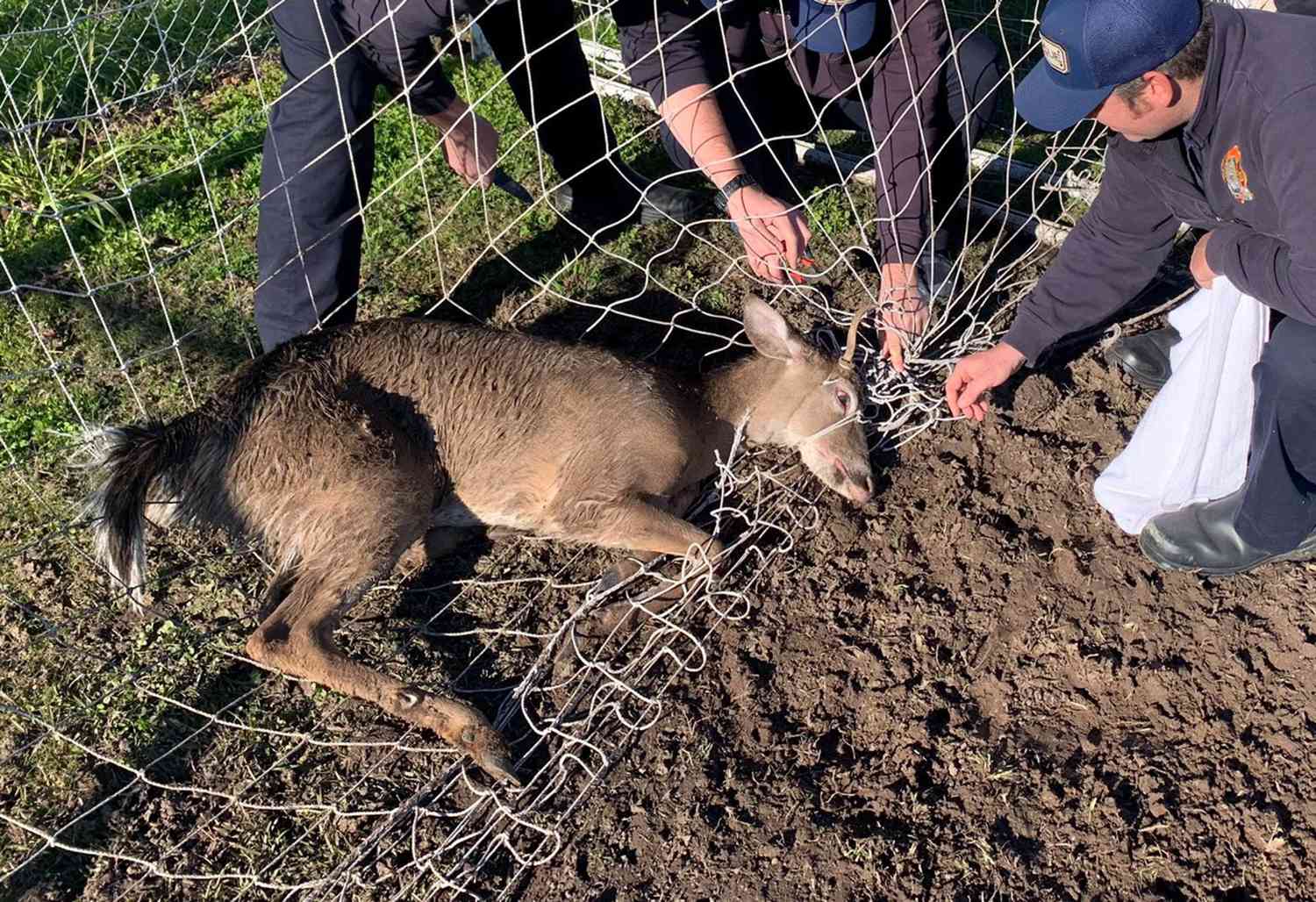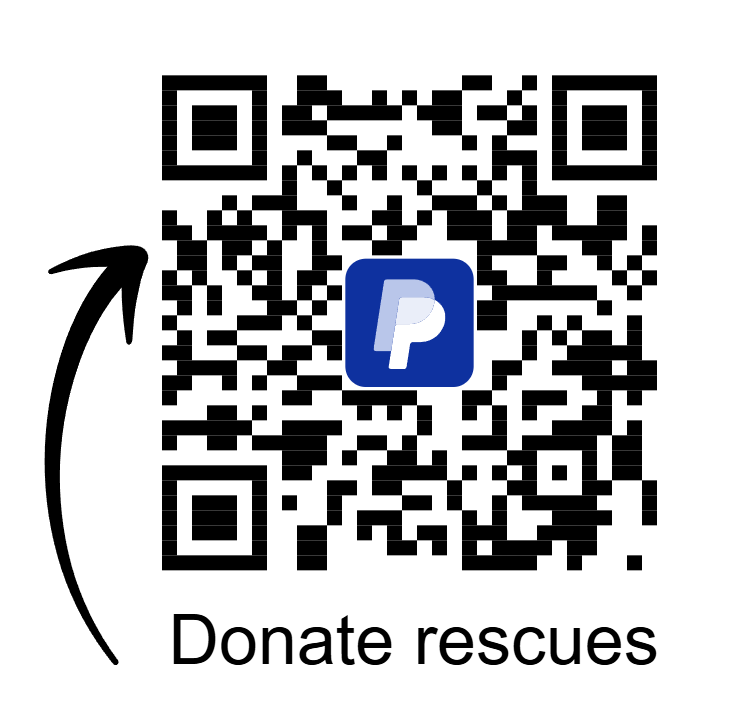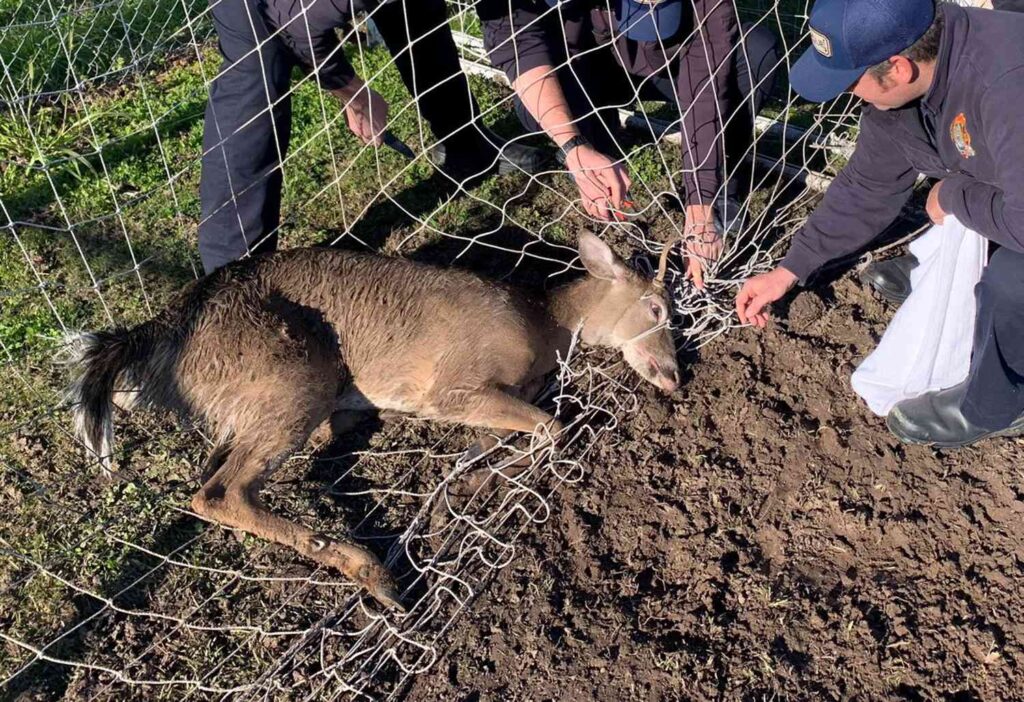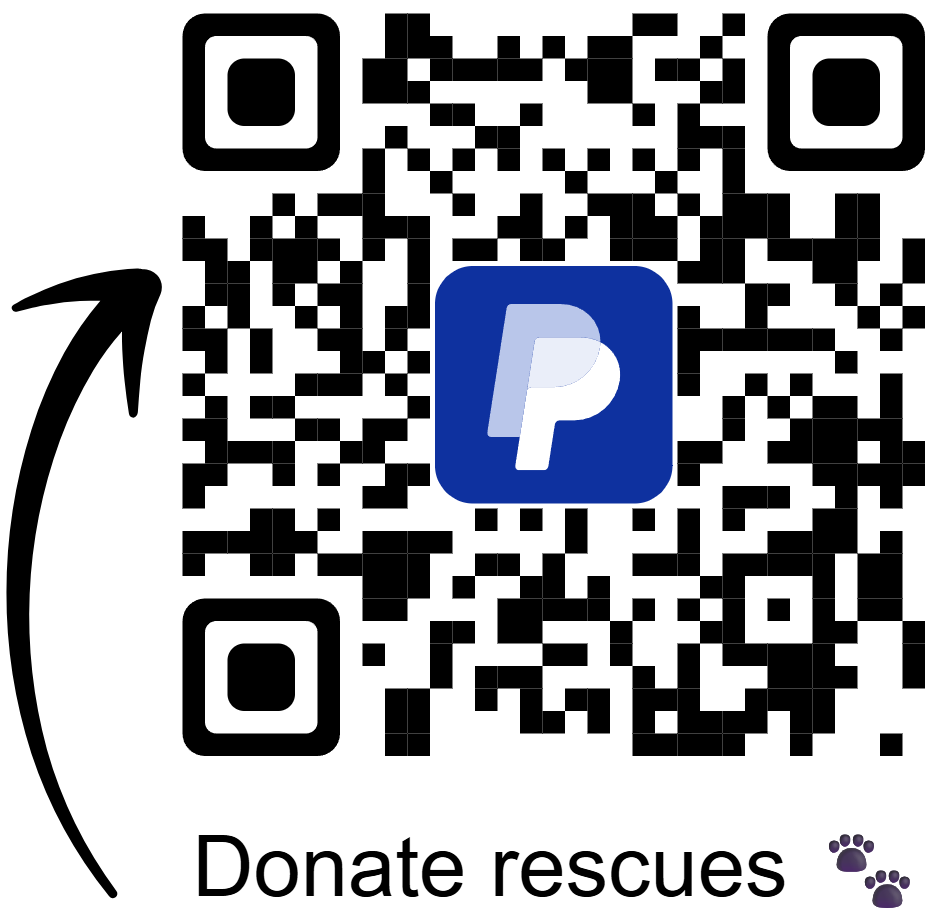Saving deer from harm in these spaces is not just a task for wildlife professionals—it is a shared responsibility. Through awareness, compassionate action, and smarter planning, communities can work together to reduce the risks these animals face and protect their place in our ecosystem.

Why Deer Wander into Suburban Areas
The root cause of this growing issue is habitat loss. Forests and open fields once home to large deer populations are being replaced by roads, housing developments, shopping centers, and parks. With fewer natural places to find food and shelter, deer have no choice but to explore human spaces.
Suburban landscapes offer some resources—garden plants, shrubs, and artificial ponds—but they also present numerous threats. Unlike in the wild, where deer rely on instinct and learned patterns, the human-built environment is filled with unpredictable hazards: traffic, fences, unfamiliar noises, and potential human interference.
The Dangers Deer Face in the Suburbs
Saving deer means recognizing the very real dangers they encounter every day in residential areas:
-
Vehicle Collisions: Roads that cut through or border wooded areas become frequent sites of accidents. Deer often cross without warning, leading to injuries or fatalities for both animals and people.
-
Fence Entanglements: Deer trying to leap over or squeeze through fences can become trapped or seriously injured. Antlers often catch in netting or wires, causing panic and self-harm.
-
Predator Conflicts: While there are few natural predators in the suburbs, domestic dogs may chase, corner, or even injure deer—particularly fawns.
-
Human Misunderstanding: Concerned residents sometimes attempt to feed or “help” deer in ways that backfire, such as providing unhealthy food or separating fawns from their mothers.
While many people care deeply about wildlife, they often lack the knowledge or tools to respond appropriately when they encounter deer in distress.
Rescue Stories That Inspire
In towns across North America, there are countless examples of deer being saved from life-threatening situations thanks to concerned citizens and local rescue teams. Deer have been freed from backyard netting, guided away from busy highways, and even lifted out of storm drains by coordinated teams of firefighters and wildlife officers.
Each of these stories reminds us of the importance of rapid, informed action—and how a little compassion can go a long way. Saving deer from danger doesn’t always require specialized equipment. Sometimes, it starts with a phone call, a warning sign, or a decision to drive slower near wooded areas.
How Communities Can Help
You don’t need to be a wildlife expert to take part in saving deer in your neighborhood. Here are practical ways to get involved:
Drive Cautiously
Reduce your speed in areas where deer are known to cross, especially during dawn and dusk. Use your high beams when possible and scan the roadside.
Modify Your Property
If you have fencing, make sure it’s wildlife-friendly—either short enough to jump or designed with escape routes. Remove nets, wires, or objects that deer could get tangled in.
Keep Pets Under Control
Always leash dogs when walking near wooded or open spaces. Train pets to avoid chasing wildlife.
Avoid Feeding Deer
Feeding can make deer reliant on human food, alter natural behavior, and increase the risk of disease. Instead, plant deer-resistant vegetation and allow them to forage naturally.
Know Who to Call
Keep contact information for local wildlife services or animal control in case you see an injured or trapped deer. Never attempt to handle the animal yourself.
Educate Others
Organize or attend community talks, share educational posts online, and encourage neighbors to learn more about peaceful cohabitation with deer.
The Bigger Picture: Coexistence
Saving deer is part of a broader conversation about how we coexist with wildlife. As human expansion continues, we must take responsibility for the impact we have on animals whose homes we’ve disrupted. Thoughtful planning, environmental awareness, and compassionate behavior are all essential in reducing harm.
Every deer saved from danger reflects a community that values life—not just human life, but the delicate lives of animals who share our world.
Moving Forward with Compassion
When a deer quietly grazes at the edge of a suburban yard or cautiously crosses a quiet road, it is a symbol of the wild adapting to the human world. It also serves as a reminder of our duty to protect what remains of nature.
Saving deer isn’t only about avoiding accidents or preventing injuries—it’s about respect. Respect for life, for ecosystems, and for the balance we must maintain as stewards of the land.
Let’s work together to create neighborhoods that are not only safe for people but also for the wildlife we share them with.
“Every tip to Donate Rescue AnimalSupport369 is a ray of hope – where abandoned animals find loving homes.”
 Skip to content
Skip to content


